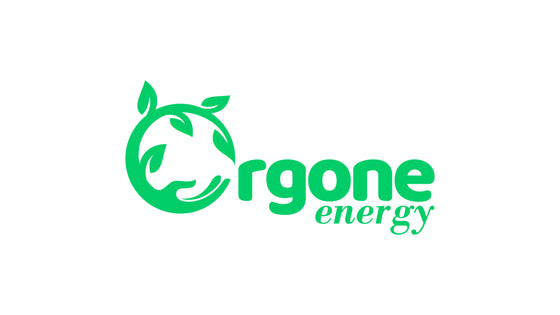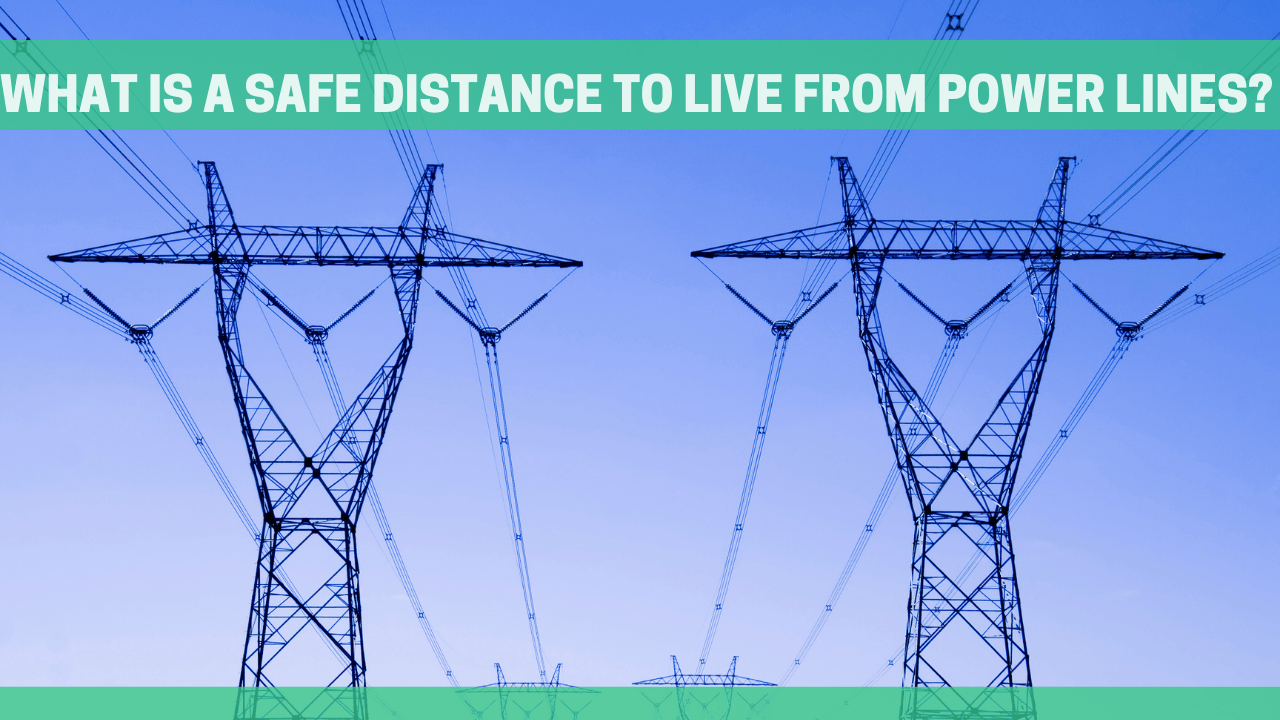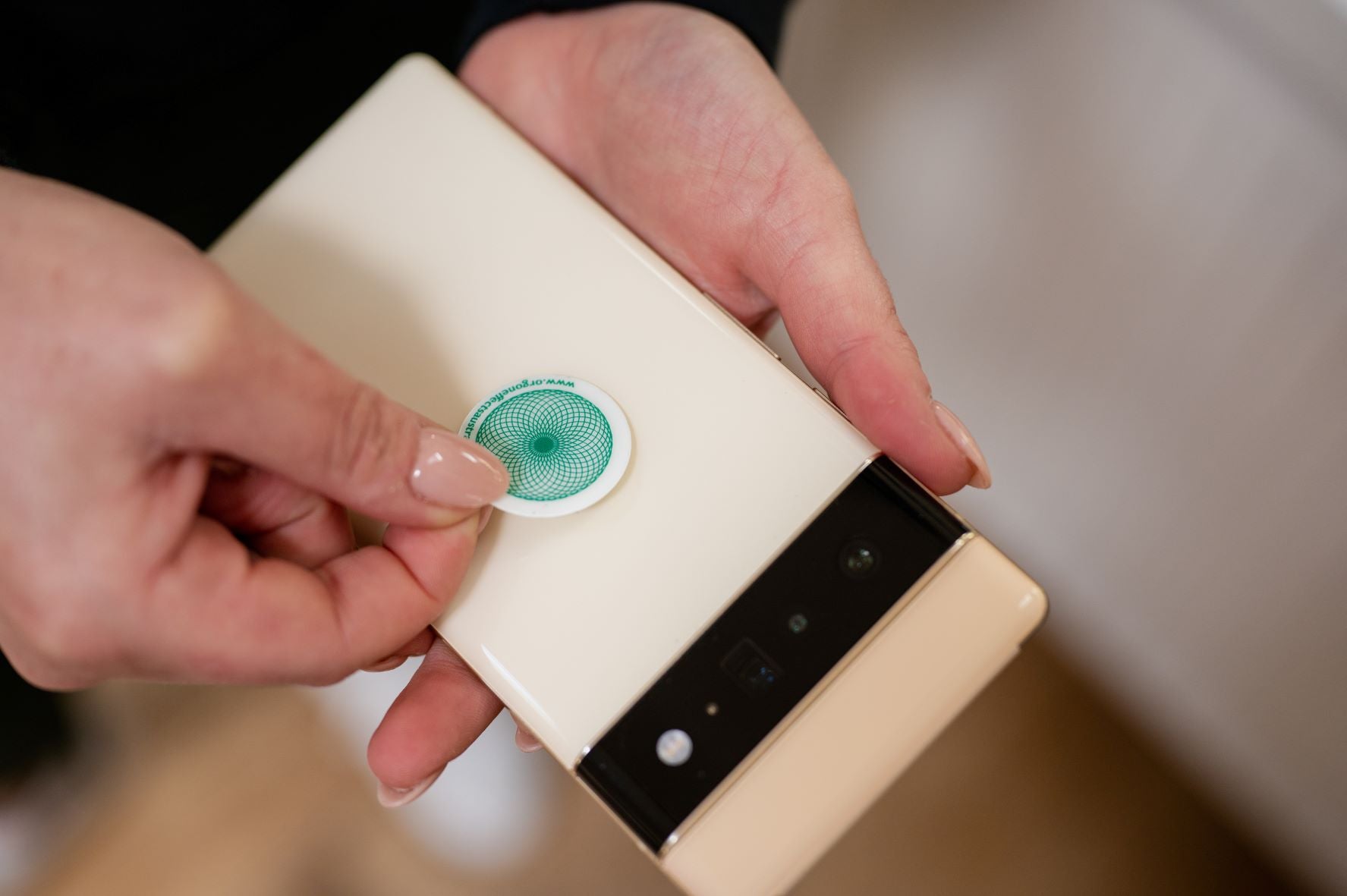Are you considering installing solar panels on your home? Solar energy is green! Solar energy reduces your energy bills! Solar energy benefits the environment! Solar energy decreases dependence on fossil fuels! Solar energy is great! Right?!
Well, yes, harvesting solar energy can be a “green” alternative fuel, but is there anything else? In this article, we’ll look at a crucial component of solar energy systems: solar inverters. In particular, we’ll examine the not-so-often drawbacks associated with radiation exposure from these devices that emit electromagnetic fields (EMFs).
We are definitely not writing this because we intend to criticize alternative energy sources. We firmly believe that we should reduce our energy consumption and invest in smarter, cleaner, and greener technologies. However, it’s important to understand exactly what we’re getting by investing in these sources. Like most things, there’s sometimes more to the story than meets the eye.
There are some safety concerns about keeping an inverter and battery in the room for your off-grid system. After all, these devices give off EMF which is considered harmful to health. In this article, we will discuss whether solar inverters emit EMF, the risks involved, and how to measure these emissions to help you make informed decisions about your solar power system.
How Does a Solar System Work?
The solar system consists of various components, each emitting different types of radiation. These components can be categorized into four main parts: solar panels, the wiring system, the smart meter or solar controller, and the inverter.
Since solar panels do not emit harmful EMFs, they do not pose a significant radiation risk. Solar panels produce only low-voltage DC (direct current) that emits minimal amounts of EMF radiation. Furthermore, the panels are typically installed on roofs or outside the home where they capture sunlight. They are therefore away from your body and even though they generate high levels of EMF radiation; they do not affect you.
When sunlight strikes the solar panels, they convert the sun’s energy into electricity. Photovoltaic cells located in solar panels can produce electricity from solar power. The energy produced is transmitted to other solar components through the system’s internal network. Connecting the solar panels to the inverter allows the direct current they generate to flow into the inverter, where it is converted into a 120V alternating current to power all the electronic appliances in your home.
Inverters are commonly installed in the home. For example, you might have a large inverter box near your main appliances, or you could have a micro-inverter mounted under or near the solar panels. Micro-inverters transfer energy to a central inverter, which then distributes it to other appliances. The electrical energy produced by solar panels is clean, whereas the alternating current produced by the inverters generates “dirty” electricity. Additionally, a solar controller can be installed to regulate the amount of power transferred to the inverters.
Type of Solar Inverters
There are several types of solar inverters. Some systems operate at the level of each panel (known as micro-inverters), while others have inverters for each row of panels (string inverters) or a central inverter for the entire system. Also, you can opt for hybrid battery inverters which both store and convert energy.
String Inverters
For most residential solar systems, string inverters are the standard choice. They function by connecting multiple solar panels to a grid and transferring the power to a central inverter, where it’s converted from DC power into grid-compatible AC power.
String inverters are not only efficient but also affordable. Up to 24 modules can be connected to a single inverter and maintenance is simpler due to the fewer number of working parts. However, since each panel is connected, they essentially function as a single unit. This means that any issue reducing the output power of one panel will reduce the efficiency of all panels in the series.
Microinverter
Micro-inverters convert DC power to AC power at each panel. This ensures that the effectiveness of one panel does not impact the others. Micro-inverters also provide panel-level monitoring, allowing you to determine when maintenance is needed to get the most out of your system.
Micro-inverter systems are perfect for installations where some panels may be in the shade for part of the day. That said, their complexity makes micro-inverters more expensive than string inverters and they can sometimes require more maintenance because they have more points of failure. However, it is much easier to expand your system’s performance later by installing more panels than with a string inverter, so you can transition to solar gradually as your budget allows.
Performance Optimizer
Power optimizers are module-level electronics designed to help your solar panels operate at peak efficiency for as long as possible. For how long? Both micro-inverters and power optimizers are installed on individual solar panels, but in a power optimizer, the conversion is always done at a central inverter.
Power optimizers blend the reliability and cost of string inverters with the increased efficiency and panel monitoring capabilities of micro-inverters. Compared to micro-inverters, you can save on installation costs, but as with a standard string inverter system, further expansion can be more challenging.
Hybrid Inverter
Hybrid inverters integrate various types of solar technology into a compact, cost-effective unit. They are designed to monitor current levels and determine if power should be converted for use with devices, sent to the grid, or used to charge a battery backup system so it can power your critical devices during power outages.
Many hybrid inverters are highly programmable, allowing you to select the optimal times to draw power from the grid, your solar panels, or your backup battery. These inverters are ideal for systems that include backup battery storage, like the Tesla Powerwall. Also, they are very suitable for off-grid installations.
Unlike traditional solar inverters, which convert power from DC to AC and then back to DC to charge the battery, hybrid inverters can inject DC power into the battery directly, making them more efficient.
Do Solar Inverters Emit Radiation?
Inverters can be installed in two (2) ways:
They can be a large box placed close to the electrical panel.
These can be “micro-inverters” installed inside or under the solar panels, but they are typically connected to a larger inverter.
Regardless of the installation method, your solar inverter can still give off RF (radiofrequency) radiation as a result of converting electricity to alternating product. Some solar panel owners or those who have neighbors who own solar panels. This makes sense because the inverter wires can act as an antenna through which electromagnetic radiation can be radiated.
When solar panels generate more electricity than connected devices require, the excess electricity gets trapped in the wires. Modern electrical appliances are designed to use less electricity and therefore unusable electrical energy is gained because of high-frequency voltage transients.
Electricity trapped in wiring increases EMF radiation in your home or office. Dirty electricity is primarily emitted by devices that use 60 or 50 Hz electrical systems, for example:
When the inverter converts 60 Hz AC to low-voltage DC.
When high-voltage AC is used.
When devices use power intermittently, it does so in short bursts, usually within a few seconds, as the power is constantly being turned on and off.
Are Solar Inverters Harmful for Your Health?
To answer this question, it’s important to know that solar panels produce DC that must be converted to AC to power your home’s electricity and appliances. The solar inverter converts high-current and low-voltage signals into 120-volt or 240-volt AC. This conversion process creates what is known as “microsurgical electrical contamination” or “dirty electricity” (DE).
Solar panels produce DC that must be converted to AC via an inverter. Dirty electricity is regarded as one of the top four concerns of a building biologist or other home EMF consultant. In addition to testing your home for electric fields, magnetic fields, radio frequencies, and the assessor will spend considerable time measuring your dirty electricity fields, as these can be among the most biologically damaging.
Dirty electricity is also referred to as “electromagnetic interference,” “noise,” “transients,” “hash,” “dirty power,” and other similar terms. It is essentially a modified sine wave on your power line at 50 or 60 Hz (60 Hz in the United States or 50 Hz in Europe). Harmonics or frequencies outside of the standard 50 to 60 Hz cycle are classified as dirty electricity.
If you’re reading this blog, you have likely heard of EMFs causing health problems in some people. Even when we talk about EMF radiation, we are talking about EMFs that consist of magnetic fields, electric fields, radio frequencies, and, of course, dirty electricity. Dirty electricity is generally the most underestimated and misunderstood of the four main areas.
How to Measure Solar Inverter EMF Radiation
To better understand and manage the potential impact of dirty electricity and electromagnetic fields in your home, it's essential to measure them accurately. This is where our Solar Inverter EMF Calculator comes into play.
The calculator helps you estimate the electromagnetic field (EMF) levels generated by your solar inverter, considering factors like power output, inverter type, and distance. By inputting your inverter's specifications and your distance from the device, the calculator provides an estimate of the EMF exposure in microtesla (µT).
This tool is designed to give you a clearer picture of how much EMF your solar inverter might be emitting and help you make informed decisions about your solar energy setup. Whether you're concerned about health impacts or simply want to ensure optimal safety, using the calculator can provide valuable insights.
Ways to Protect Yourself from Solar Inverter Radiation
Exposure to EMF carries obvious risks. If you have read them and are still interested in going solar, or if you are already going solar and just looking for ways to lower your risk, there are a few things you can do. You can’t completely reduce your risk, but you can significantly reduce your exposure.
Keep Your Distance
Keeping your distance from the source of electromagnetic radiation is a smart way to protect yourself.
Although solar panels do not give off EMF radiation, smart meters and inverters do. Keeping your distance from them limits the risk of EMF exposure. The smart meters and inverter should be installed in a room with less foot traffic. This ensures that the radiation is only concentrated in less frequented areas.
Do Away with Smart Meters
You can choose to reduce your exposure to EMFs by forgoing smart meters. Some states will install smart meters in your solar system, and if you choose not to participate, some fees could be charged. While other states do not have any problem with users opting out, others will not allow you to do so. Always follow the electrical regulatory standards for your state. You can alternatively install a solar controller that only monitors the electricity generated by the solar panels and ensures that the electricity is not trapped in the wiring. Compared to smart meters, solar controllers give off low amounts of radiation.
EMF Protection Devices
Another alternative way to protect yourself from exposure is to use an EMF protection device like the Dome Orgone Schumann Generator or Geoclense Negative Ion Generator.
The highly protective Dome Schumann Resonance Orgone Generators are powerful Orgone accumulators that neutralize and harmonize electrical wiring in your walls and dangerous Smart Meters. This makes them an ideal energy balance for any electromagnetic fields in any room.
Orgone Generator domes raise the vibrational healing energy of the magnetic grids and fault zones to a life-giving status, reducing the physical stress and mental health problems in places where solar panels are installed.
The GeoClense is another EMF protective device that offers protection against EMF radiation.
The Geoclense Orgone Negative Ion Generator consistently generates healthy beneficial Negative ions that work by harmoniously neutralizing harmful "dirty electricity" from the solar panels and highly noxious smart meters, counteracting each one of these destructive energies such as radiation and electromagnetic frequencies.




